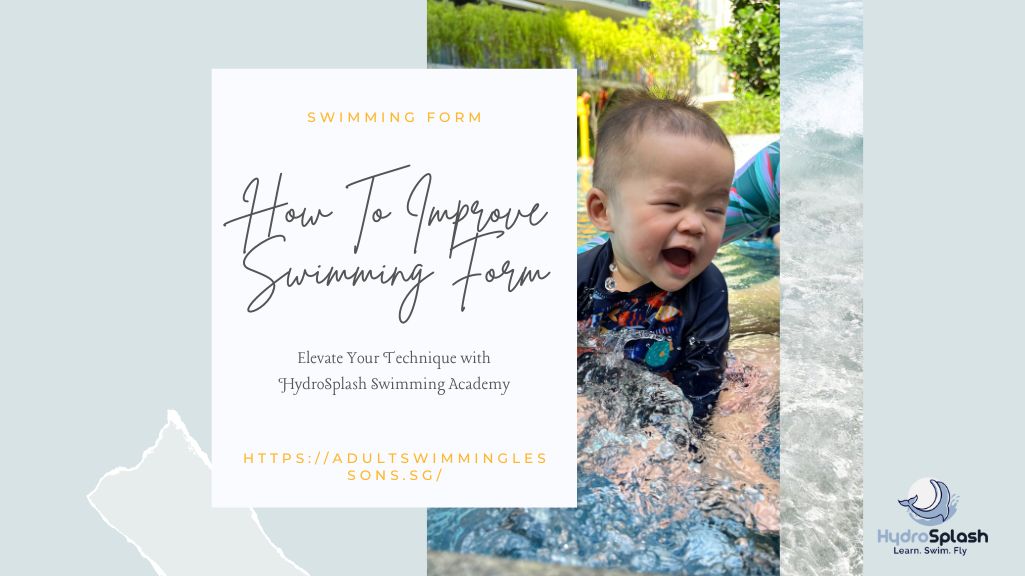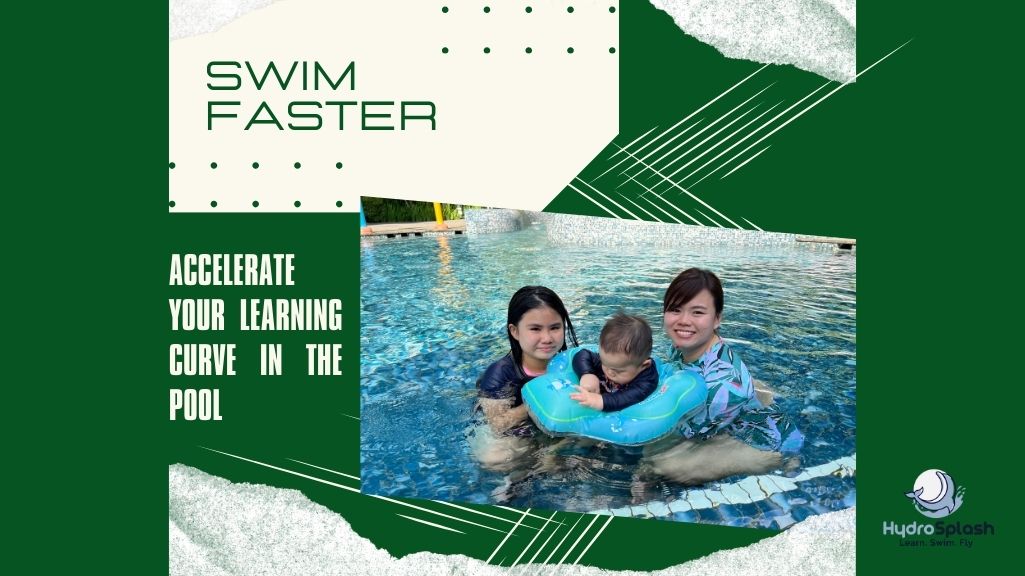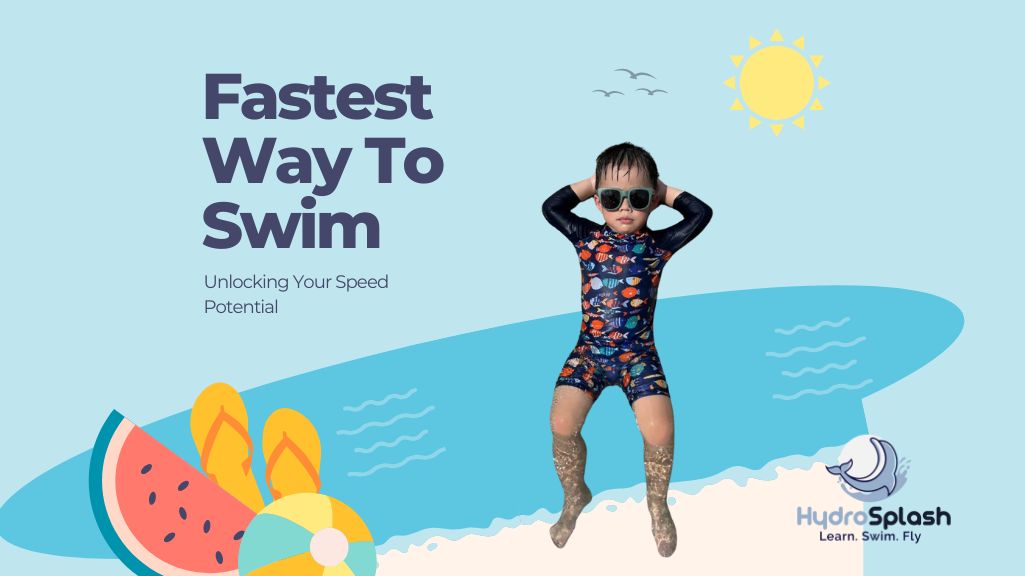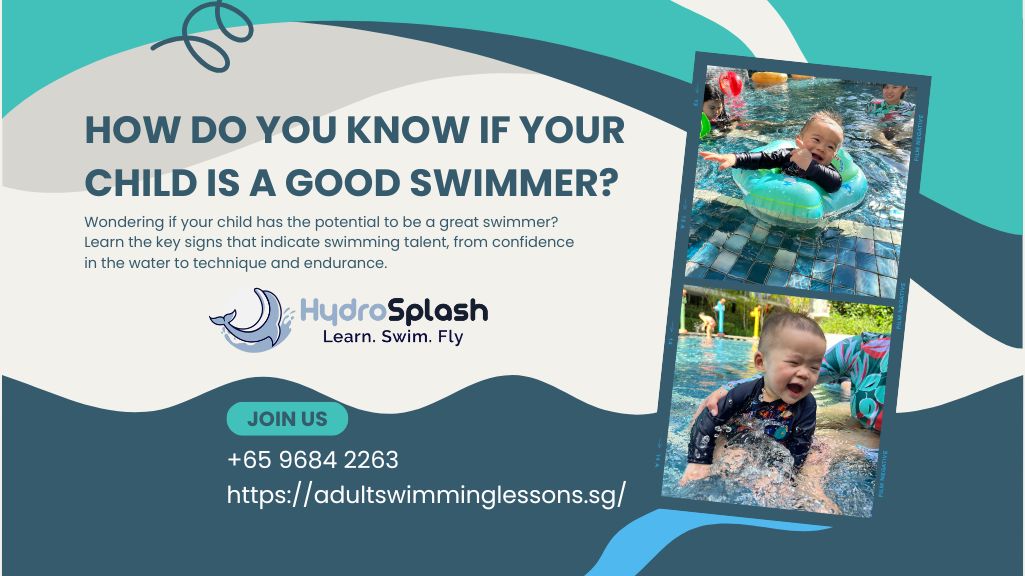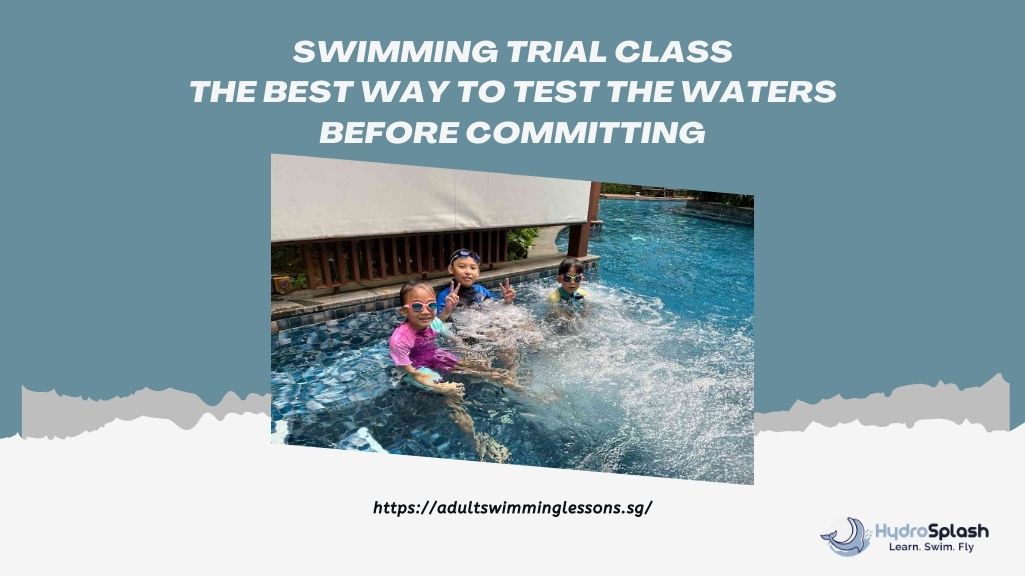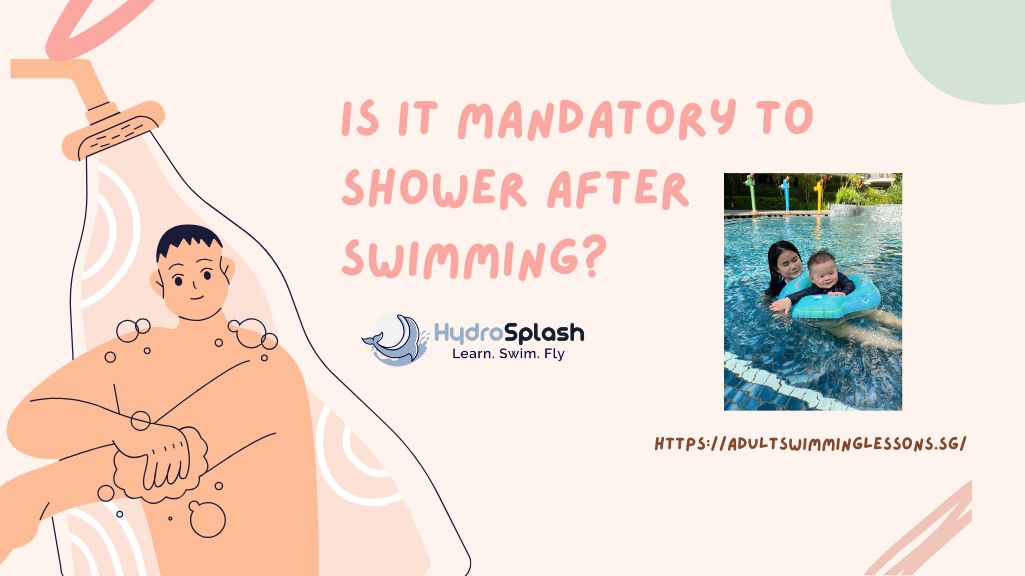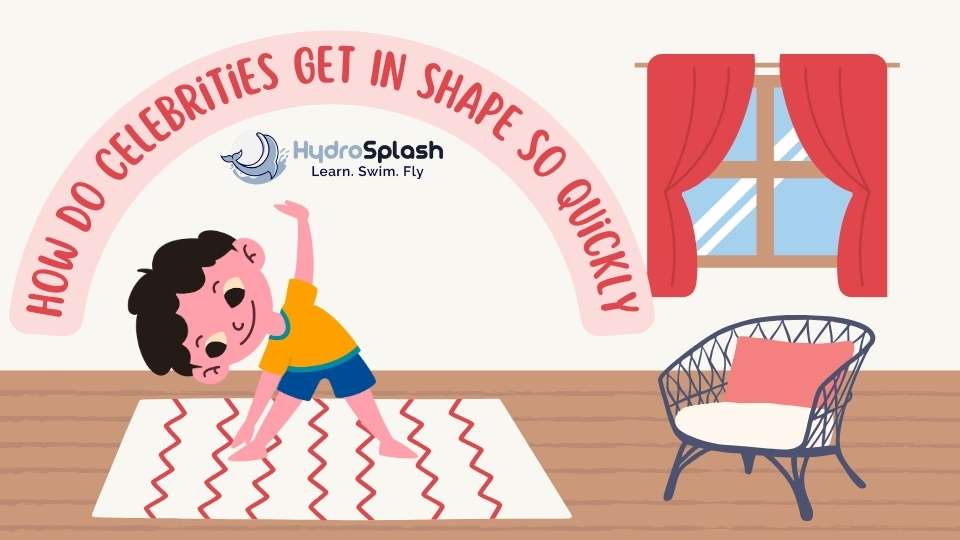How Can I Make Swimming More Effective? Unlock Your Potential
How Can I Make Swimming More Effective? Ever feel like you’re putting in the laps but not seeing the progress you desire? You’re not alone. Many swimmers, from beginners to seasoned enthusiasts, often ponder, “How can I make swimming more effective?” At HydroSplash Swimming Academy, we understand the nuances of this aquatic art and are here to guide you toward maximizing your swimming efficiency and enjoyment. Understanding Effective Swimming Effective swimming isn’t just about speed; it’s about moving through the water with grace, efficiency, and purpose. It’s the harmonious blend of technique, strength, endurance, and mental focus. Achieving this balance can transform your swimming experience from mundane to exhilarating. Personalized Coaching One-size-fits-all? Not in our vocabulary. At HydroSplash Swimming Academy, we believe that every swimmer is unique, with individual strengths, challenges, and goals. Our personalized coaching programs are tailored to meet these specific needs, ensuring that each session propels you closer to your objectives. Customized Training Plans Our experienced coaches assess your current skill level, discuss your aspirations, and design a training regimen that aligns with your lifestyle and ambitions. Whether you’re aiming to master a new stroke, build endurance, or overcome water anxiety, we’ve got you covered. Flexible Scheduling We recognize that life can be as unpredictable as a rogue wave. That’s why we offer flexible scheduling options, allowing you to integrate swimming seamlessly into your routine without added stress. Technique Refinement: The Key to Efficiency Splashing around might be fun, but refining your technique is where the magic happens. Our coaches employ a hands-on approach, providing immediate feedback to help you fine-tune your strokes, breathing, and overall form. Stroke Analysis Through detailed stroke analysis, we identify areas for improvement and introduce drills that target specific aspects of your technique. This focused attention ensures that you’re not just swimming more, but swimming better. Breathing Techniques Proper breathing is the unsung hero of effective swimming. We teach rhythmic breathing patterns that enhance oxygen flow, reduce fatigue, and keep you gliding smoothly through the water. Building Strength and Endurance Think of your body as the engine and swimming as the vehicle. To make that vehicle perform optimally, the engine needs to be robust. Dryland Training Incorporating strength training exercises outside the pool can significantly enhance your swimming performance. Our programs include dryland workouts that focus on building core strength, flexibility, and overall fitness. Endurance Drills Stamina doesn’t build itself. We integrate endurance drills into your swimming sessions, gradually increasing intensity to boost your cardiovascular fitness and muscle endurance. Mental Preparation: Cultivating the Right Mindset Swimming is as much a mental game as it is physical. Developing a positive and focused mindset can make a world of difference. Goal Setting Together, we set realistic and achievable goals, providing you with a clear roadmap and the motivation to stay on course. Visualization Techniques Mental rehearsal of your strokes and techniques can enhance muscle memory and performance. Our coaches guide you through visualization exercises to prepare you mentally for each swim. Success Stories: Real Results from Real Swimmers Don’t just take our word for it. Many have transformed their swimming effectiveness through our programs. Case Study: Home-Based Swimming Lessons A recent case study in Singapore highlighted the growing trend of home swimming lessons. Families who opted for home-based instruction reported higher satisfaction levels due to the personalized attention and flexibility it offered. One family shared that their child, initially afraid of the water, made remarkable progress within a few months. The comfort of being in a familiar environment played a significant role in building confidence and reducing anxiety. Conclusion Enhancing your swimming effectiveness is a journey that encompasses personalized coaching, technique refinement, strength building, and mental preparation. At HydroSplash Swimming Academy, we’re committed to walking this path with you, providing the expertise and support you need to achieve your swimming goals. Ready to transform your swimming experience? Explore our Private Swimming Lessons and let HydroSplash Swimming Academy guide you to aquatic excellence. Click on the link to find out more about HydroSplash Swimming. Chat with our representatives today!About HydroSplash SwimmingAdult Swimming LessonPrivate Swimming LessonKids Swimming LessonWhatsapp Us



